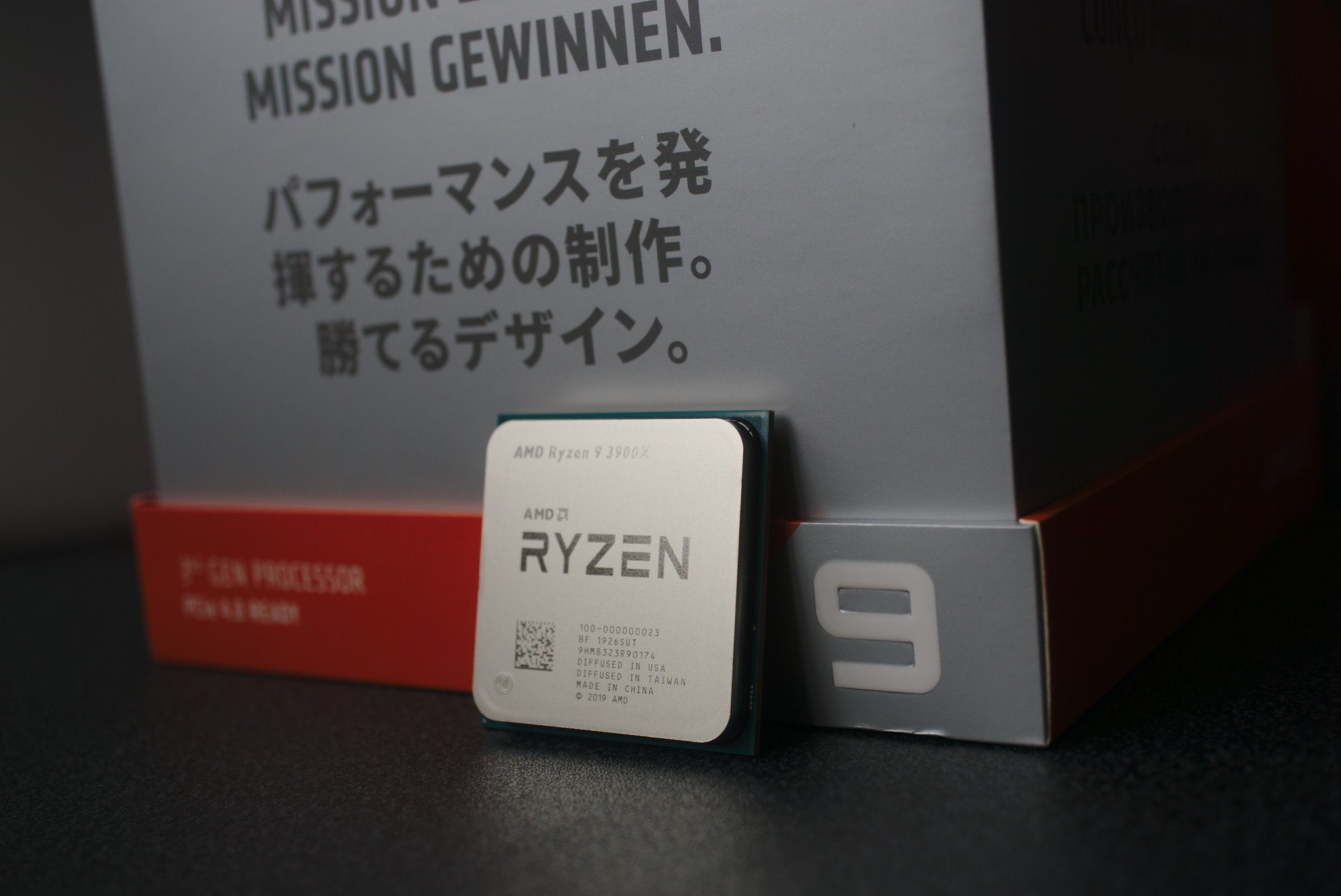AMD to acquire Xilinx for $35 billion following massive Q3 2020
AMD had a big third quarter and announced its largest acquisition ever.

What you need to know
- AMD announced Q3 2020 earnings, including revenue of $2.8 billion.
- AMD also announced that it will acquire Xilinx for $35 billion.
- AMD's acquisition of Xilinx is its most expensive to date.
AMD made two big back-to-back news splashes today. To start off, the company announced its third-quarter earnings for 2020. AMD saw massive gains, including revenue of $2.8 billion, which is up 56 percent year-over-year compared to the same quarter last year. Then, just one minute after the press release came out with third-quarter earnings, AMD shared that it will acquire Xilinx in a gargantuan $35 billion deal.
A massive third quarter
AMD reported positive earnings figures across a wide range of categories. The $2.8 billion revenue within the quarter is up 5 percent from the third quarter of 2019 and up 45 percent quarter-over-quarter. This growth came from higher revenue in both AMD's enterprise and embedded and semi-custom and computing and graphics segments.
AMD's gross margin was up 44 percent, which is up one percent year-over-year and flat quarter-over-quarter. The year-over-year increase came largely from EPYC and Ryzen processor sales.
Operating income was $449 million compared to $186 million for AMD last year. Despite this change, net income was $390 million compared to $120 million last year.
AMD's largest acquisition ever
AMD's acquisition of chipmaker Xilinx is the company's largest acquisition ever. The resulting company will have 13,000 engineers and more than $2.7 billion in annual research and development spending, according to the Financial Times.
AMD's acquisition is expected to close by the end of 2021.
While AMD and Xilinx are both large companies that produce chips, large parts of each company focus on different areas. AMD is known largely for making high-end CPUs and GPUs for PCs as well as certain components within consoles. AMD is also a major player in the data center industry. Xilinx creates components for data centers as well, with strong footholds in the automotive, defense, aerospace, and industrial industries.
All the latest news, reviews, and guides for Windows and Xbox diehards.
The natural overlap between the two companies is the data center market. Additionally, the companies can cover each other's weaknesses.
"We have both chosen [the] data centre as our strategic focus. Our approach to technology development is actually very similar," said Lisa Su, AMD's chief executive. Victor Peng, Xilinx's chief executive, discussed how the combined companies will be able to work with large data centers and IoT devices.
Su explained to Forbes that the companies are "coming at it from the point of strength. Both companies have very strong power portfolios today. As we bring the companies together, we'll be able to take advantage of a lot of technology synergy."

Sean Endicott is a news writer and apps editor for Windows Central with 11+ years of experience. A Nottingham Trent journalism graduate, Sean has covered the industry’s arc from the Lumia era to the launch of Windows 11 and generative AI. Having started at Thrifter, he uses his expertise in price tracking to help readers find genuine hardware value.
Beyond tech news, Sean is a UK sports media pioneer. In 2017, he became one of the first to stream via smartphone and is an expert in AP Capture systems. A tech-forward coach, he was named 2024 BAFA Youth Coach of the Year. He is focused on using technology—from AI to Clipchamp—to gain a practical edge.
